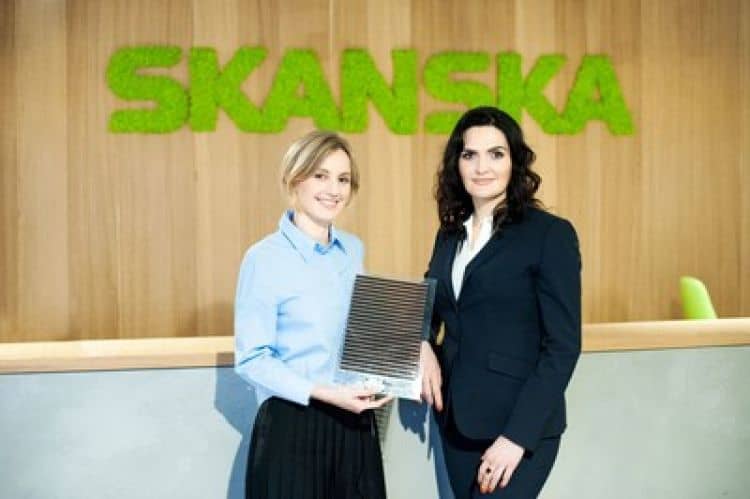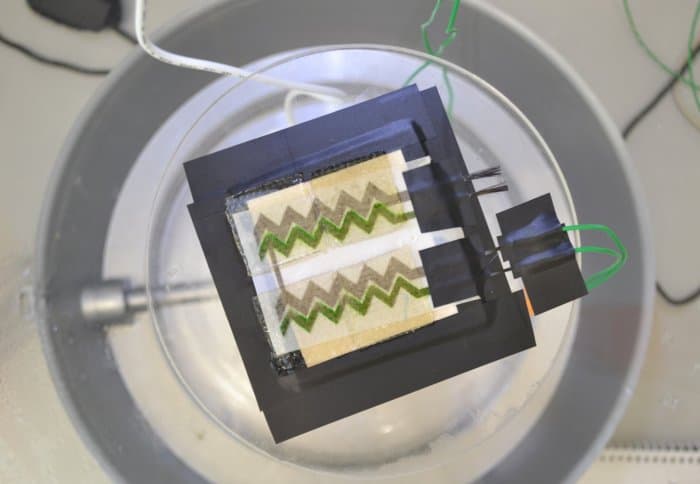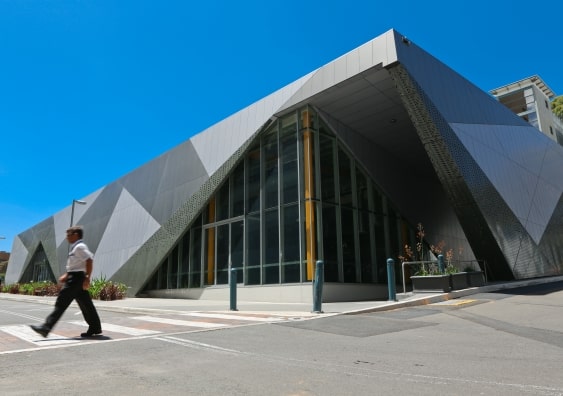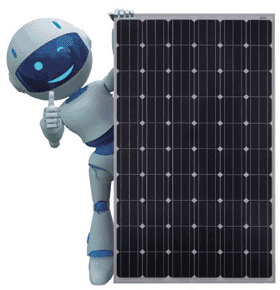Western Australian solar glass company ClearVue Technologies are preparing to float on the ASX – in order to raise capital to sell their solar power generating glass windows globally. They’ve developed the tech in conjunction with the Electron Science Research Institute (ESRI) at Edith Cowan University.
ClearVue Technologies
According to an interview with Finance News Network, ClearVue’s executive chairman Victor Rosenberg said the company is currently in the pre-development stage and are hoping to commence manufacturing the windows within the next 8 weeks. They have a manufacturing partner in China called ROCKY Glass who will be making the windows to start, then they will licence the product worldwide, gaining income from both licensing and royalties.
The ClearVue website have discussed their plans for the future: “Our technology presents a paradigm shift in the way glass will be used in building construction, automobiles, agriculture and speciality products”.
ClearVue, founded in 1995, have lodged with ASIC to apply for 25,000,000 Shares at an issue price of $0.20 per Share to raise $5,000,000. Click here to download their prospectus and apply for shares online if you’re interested in their IPO.
Solar Windows and Solar Glass

ClearVue Technologies’ current offering is a patented nano technology – using BIPV (Building-Integrated Photovoltaic). Unlike most of their competitors the window remains clear, and the solar glass also “allows the visible light to pass through up to 70 per cent and it rejects the infrared and the UV from penetrating the room”.
“Nobody actually has got clear glass,” said Rosenberg in an interview last year. “They’ve got either lines or they’ve got dots, or looks like a chessboard with squares of solar panels on the glass.
“We are today, I would proudly say, the only commercial-size clear glass super building material producer.”
The windows currently generate 30W per square metre whilst simultaneously insulating and providing UV control. They’re hoping to reach 50W per square metre as they improve the BIPV technology.
We’ve written quite extensively on solar windows – with technology such as perovskite solar cells and inkjet printed solar cells using Cyanobacteria among the more interesting ideas. There’s no doubt that this will be a huge market and there are quite a lot of competitors jostling to bring the best technology to market, so it’ll be exciting to see what happens!





